The Rocky Horror Picture Show at 50: Let There Be Lips
Half a century later, the midnight movie that refused to die still sparks freedom, community, and unapologetic queer joy.

I remember doing the time warp in a living room. As a gay kid in the suburbs of Seattle who loved black-and-white monster movies like Bride of Frankenstein, I was drawn to The Rocky Horror Picture Show in late-night viewings on cable. Overloaded in image and sound, Rocky Horror had everything: a spooky old mansion, creepy caretakers, a young couple in danger, rock and roll.
And still more: Patricia Quinn’s blood red, disembodied lips. Barry Bostwick’s buttoned-up Brad Majors dressed down to his high-waisted tighty-whities. Tim Curry’s Dr. Frank-N-Furter, a mad scientist in fishnets and heels. And, of course, that writhing bundle of muscles, bulging in gold booties and briefs, the credit to Frank’s Frankensteinian genius, Peter Hinwood’s Rocky Horror, the film’s titular Adonis.
Long before I could articulate it, Rocky Horror‘s weird concoction of B-movies, musical theater, and palpable sexuality made sense to me. The same dangerous attraction I found in old Universal pictures of wolf men slinking around studio backlots extended to this uncanny amalgam of aesthetics and form. And, without the word for it, I could nevertheless read something downright queer about the corset-clad Curry floating in a life ring on a pool of cool, electric blue water over a rendering of Michelangelo’s 16th-century fresco, The Creation of Adam. Taking it all in, I knew, in that moment, that nothing could ever be the same.
And for the last five decades, nothing has been. Week after week, month after month, year after year, The Rocky Horror Picture Show continues to liberate audiences and posit a better world of absolute pleasure.
But when The Rocky Horror Picture Show opened on domestic screens fifty years ago last month, it bombed so decisively that Twentieth Century-Fox pulled the film from theaters after a handful of weeks. Though the similarly titled stage production (The Rocky Horror Show, “picture” got added when it transitioned from stage to screen) drew boffo box office in London and Los Angeles, its strange musical story of a honeymooning couple taken hostage by aliens transgressing on gender and sexual norms failed to resonate with middle-brow moviegoers.
The story of Rocky Horror‘s rise, fall, and subsequent resurrection is the subject of a new documentary, Strange Journey: The Story of Rocky Horror, released last month by Margot Station. In that film, producer Lou Adler recalls how he and a young Fox executive, Tim Deegan, partnered with theaters in New York and Austin in the spring of 1976 to run Rocky Horror at midnight in order to find the right audience. According to Adler, the midnight shows drew small crowds of about fifty people — but, critically, “the same fifty people every week.” Soon, Rocky Horror developed a cult in the truest sense of the word, with its own rituals and ways of veneration, and ascended to midnight movie supremacy.
Directed by Linus O’Brien, the son of Rocky Horror progenitor Richard O’Brien, Strange Journey illuminates the long, bumpy ride from box office bust to bonanza, as well as Rocky Horror‘s lasting import and real-world impact. Combining archival material with new interviews with Rocky Horror‘s principal cast and crew alongside film scholars and fans, the documentary marks fifty years of a solidarity through cinema.
“It’s a community of people who come together,” Rocky Horror Fan Club founder and president Sal Piro, who passed away in January 2023 and to whom Linus O’Brien dedicates Strange Journey, tells a television news journalist in a contemporaneous interview. For others, like Sean Waters, a New York City-based shadow cast member from 1985 to 1990, weekend nights with Rocky served as a literal lifeline.
“It was the 80s, it was AIDS,” Waters recalls in the film, adding that he credits his current health to the relative safety of those weekly midnight screenings. “I was locked in that theater from 10 o’clock to 4 o’clock in the morning every Friday and Saturday night,” Waters adds. Strange Journey reminds us that films and experiences like The Rocky Horror Picture Show bring people together in meaningful ways that continue to shape — and even save — lives.
First encounters with Rocky Horror, whether on the big screen with a mass of other sweaty spectators all spaced out on sensation, or secreted away at home alone, typically result in a bit of a mind flip about the possibilities of both sex and self.
John, a 36-year-old New Englander, briefly encountered the film as a high school senior on a school trip. Growing up in what he describes as a “small, religious town,” the film made clear to him that he had more in common with “the weird kids” than he realized. But it wasn’t until college that John finally watched the movie in full, and it immediately changed his life. “The person who sat me down to watch it ended up becoming the first person I ever came out to,” John recalls. After that, “it became something that I could share with others and actually find friends and safe people to get to know.”
“I think that teenagers can feel when they’re just on the verge of adulthood but aren’t quite there yet, like chasing something through the woods that you can’t quite make out through the trees,” Matt Baume, a queer pop-culture historian and author of Hi Honey, I’m Homo: Sitcoms, Specials, and the Queering of American Culture, says, calling up the same kinds of horror movie imagery that Rocky Horror plays in.
Baume first saw the film at a high school drama club party, and watching it “felt like a shortcut to the kind of grownup” he aspired to be. “I was such an introverted kid that it had simply never occurred to me that I could give myself permission to do things that I wanted to do,” Baume recalls. He did take the shortcut. “One of the first things I did after seeing the film, was come out to a few of my friends,” he says.

Oscar Soto, a Rocky Horror aficionado and veteran of multiple shadow casts over the last two decades, considers himself “very gay,” but felt differently when he first encountered the film on television as a 14-year-old. Having heard about Rocky Horror through the kind of cultural osmosis typical of the late 1990s — gleaning details and context clues from jokes on The Simpsons — Soto found himself initially enthralled by the film’s riffs on horror and science fiction tropes. “And then Frank-N-Furter whipped off his cape,” Soto reminisces about his first time. “I snatched the remote and I turned off the TV. I had just realized I was gay a little while earlier and the idea of my parents walking in while watching it mortified me.”
Soto eventually came to terms with his sexuality and with Rocky Horror, and finally found the courage to watch the full movie a few years later. “I felt I had deprived myself of so much. To think that I skipped out on watching a muscle man run around for an hour in a speedo,” Soto thinks back now, incredulously. Today, he sees the film as “a welcome mat to be around other people who take your oddities as a perk to be celebrated.” Thinking more about Frank-N-Furter’s desire for a glistening strong man, Soto says that Rocky Horror really “was the first time any form of media sold to me that it’s perfectly fine to indulge in your sexuality.”
Adam Greczkowski, a D.C.-based queer singer-songwriter who releases music under the name Lemonboy, once performed the role of Eddie in a community production of the stage show. He echoes Soto’s sentiments.
“Rocky Horror was the first time I was able to engage with media that celebrated differences in sexuality or gender expression. I mean, did I need to see a hot dude in golden booty shorts to know that I was gay? Definitely not,” Greczkowski jokes, cheekily adding, “Though it didn’t hurt to have that confirmation. For science.” Like many others, engaging with Rocky Horror gave Greczkowski the feeling of “celebrating people like me who didn’t fit perfectly into heteronormative molds.”
Celebrating those differences, of course, often requires breaking the mold first. Or in some cases, breaking out. Keith Kurson, an Oakland-based web developer, snuck out of his parents’ house to attend midnight screenings as a teenager in Raleigh. Usually dressed in “something from Hot Topic” and smeared with “eyeliner and heavy black eyeshadow,” Kurson found a place to “kiss boys and push boundaries.” At the time, he says, he felt like “a lost boy struggling to find community,” but in Rocky Horror, he ultimately found “a culture and group that shaped” the person he is today.

Time and again, the people I spoke with about the impact Rocky Horror had on their lives came back to the ways that the film and the cult that cropped up around it over the last fifty years provided both community and an outlet for expression. Participating in a Rocky Horror shadow cast, the volunteer groups of performers who re-stage the film in front of screens at movie theaters each week, in particular, helps shape fans in and out of the auditorium.
With gender and sartorial transgressions built into both its narrative and the glam-punk costumes by designer Sue Blane, Rocky Horror shadow cast members often find ample opportunity to try on, sometimes literally, different kinds of identities. Cris Durette, a non-binary aficionado from Bethesda and member of the Washington, D.C.-based cast Sonic Transducers, often takes inspiration in the character of leather-clad bad-boy biker Eddie. “While his time on-screen is short, those few minutes inspired me to be more bold in my own life,” Durette says, adding that Eddie, portrayed on stage and screen by the late rocker Meatball, allows them to “lean into a more masculine side of myself that I had been nervous to explore before.”
With sixteen years of participation under their garter belt, Rocky Horror “created this kind of baseline of queerness in my life,” says Leandra Lynn, artistic director for the Sonic Transducers and cohost of Rocky Horror Minute, a podcast that breaks down the film “in excruciating detail, one minute at a time.” Shadow cast performances tend to provide a safe environment for cast members to explore gender expression. “With the support and love of the cast,” Lynn says, “I am now very proudly out as a they/them lesbian!”

Soto, a veteran of multiple shadow casts, most recently also with the Transducers, says that, in two decades of Rocky Horror performances, he has not only “learned a lot about working in groups,” but also in “adapting to changing ideas about sexuality.”
“I’ve had to learn that my own sexuality isn’t the center of the world,” Soto notes, adding that, when putting on weekly or monthly midnight shows, “you tend to be around bi people, pan people, trans people, and people whose sexuality can change over the years. I’ll always love and be part of the gay-bro-hood, but I’m extremely protective of my lesbian sisters, trans cast members, and non-binary buddies.” With their emphasis on camaraderie and in the film’s constant slippage from the straight and narrow, Rocky Horror shadow casts afford performers experience in another’s high heels that rarely exists by the light of day.
In the dark of the auditorium, audiences, too, get to go on their own strange journeys. Callbacks, the shouts directed at the screen in response to (or in conversation with) the film, offer a unique and counter-normative filmgoing experience. Or, as Lynn puts it more bluntly, “there’s something so neat about being allowed to yell obscenities in a public space.”
Rob Roberts, a cult cinema host and live event producer based in northern California fell in love with the “odd cadence and ritual of all the call backs” when he first attended a screening in San Jose nearly thirty years ago. “It was almost like going to a church,” Roberts recalls.

In addition to the traditional callbacks (audiences have endearingly hailed Bostwick’s Brad and Susan Sarandon’s Janet as “asshole” and “slut” since late 1976, according to film scholar Jeffrey Weinstock) that transcend space and time itself, Rocky rituals also often lampoon their specific cultural and political moments. More recently, audiences ask Brad to “describe Mar A Lago” (Brad: “Looks like some kind of hunting lodge for rich weirdos”), or if Frank-N-Further knows “who is in the Epstein files” (Frank: “I have that knowledge”).
Bodily as much as bawdy, Rocky Horror urges filmgoers to experience the world with and through their bodies. Midnight screenings come replete with bare skin and dancing in the aisles. In some cases, audiences can participate in a traditional “underwear run,” which finds partially denuded spectators sprinting through theater lobbies in only their skivvies. As a cultural experience, Rocky Horror figures as fantastically liberatory, where both screen and spectatorship encourage us to engage with the politics of aesthetics and the body in direct and meaningful ways.
Fifty years after first time-warping into theaters, The Rocky Horror Picture Show demands that we find ourselves, together. At a moment of tremendous social and cultural fragmentation, when conservative politicians and fascist forces work overtime to drive us apart, The Rocky Horror Picture Show suggests that we embrace our deviations as the very things that make us a collective force. To illuminate a world darkened by pushes against bodily autonomy, self-expression, and sexual liberation, we must instead come together, and, as Rocky Horror fans have for fifty years, say “let there be lips!”
A restored version of The Rocky Horror Picture Show is available in a limited-edition 4K Ultra HD SteelBook featuring Dolby Vision and Dolby Atmos. A digital version is also available on Amazon Prime Video, Apple TV, and Fandango at Home. Bonus features include multiple alternate takes and scenes — such as an alternate black-and-white opening, two versions of “Time Warp,” several alternate seduction and floor show sequences, and an alternate credits ending.
The Rocky Horror Picture Show is also streaming on Disney+. Visit disneyplus.com.
Strange Journey: The Story of Rocky Horror is currently playing in select theaters nationwide. Find more at rockyhorrordoc.com.
Paul T. Klein is a film historian and cultural critic. Read more at www.howtoreadmovies.com, or follow along on Bluesky at @ptklein.com.
Support Metro Weekly’s Journalism
These are challenging times for news organizations. And yet it’s crucial we stay active and provide vital resources and information to both our local readers and the world. So won’t you please take a moment and consider supporting Metro Weekly with a membership? For as little as $5 a month, you can help ensure Metro Weekly magazine and MetroWeekly.com remain free, viable resources as we provide the best, most diverse, culturally-resonant LGBTQ coverage in both the D.C. region and around the world. Memberships come with exclusive perks and discounts, your own personal digital delivery of each week’s magazine (and an archive), access to our Member's Lounge when it launches this fall, and exclusive members-only items like Metro Weekly Membership Mugs and Tote Bags! Check out all our membership levels here and please join us today!









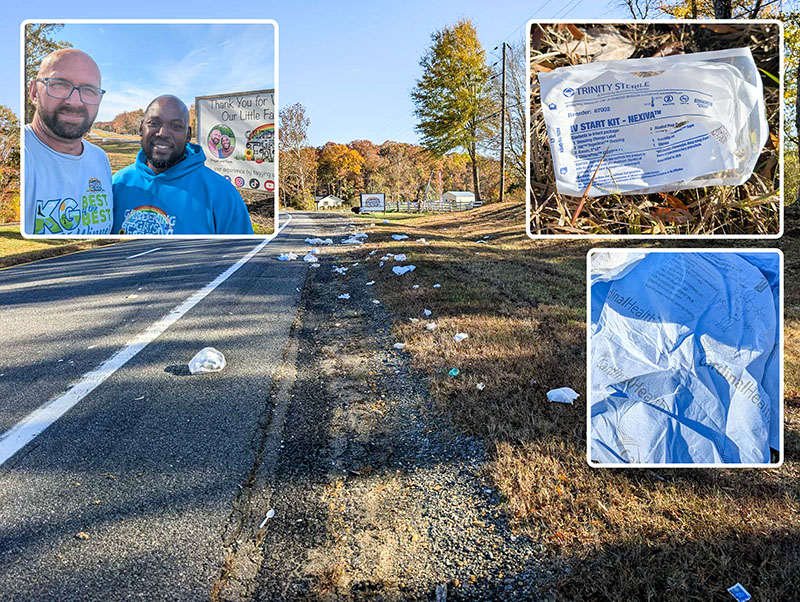
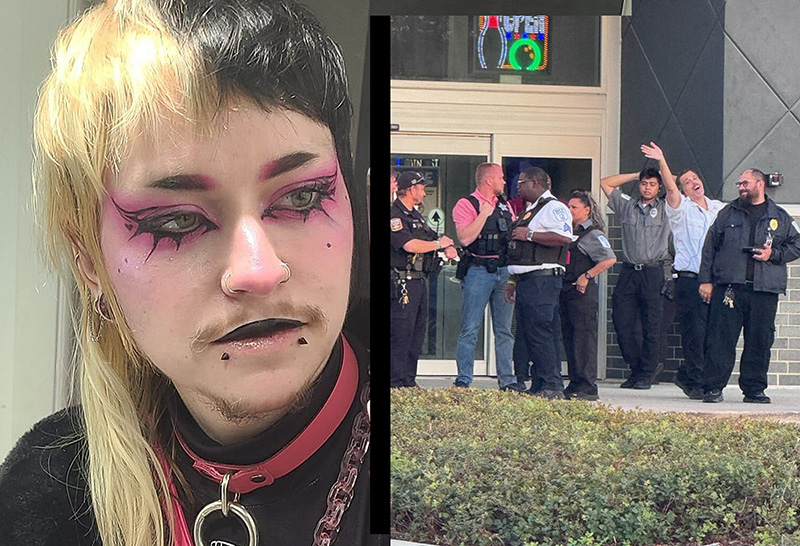
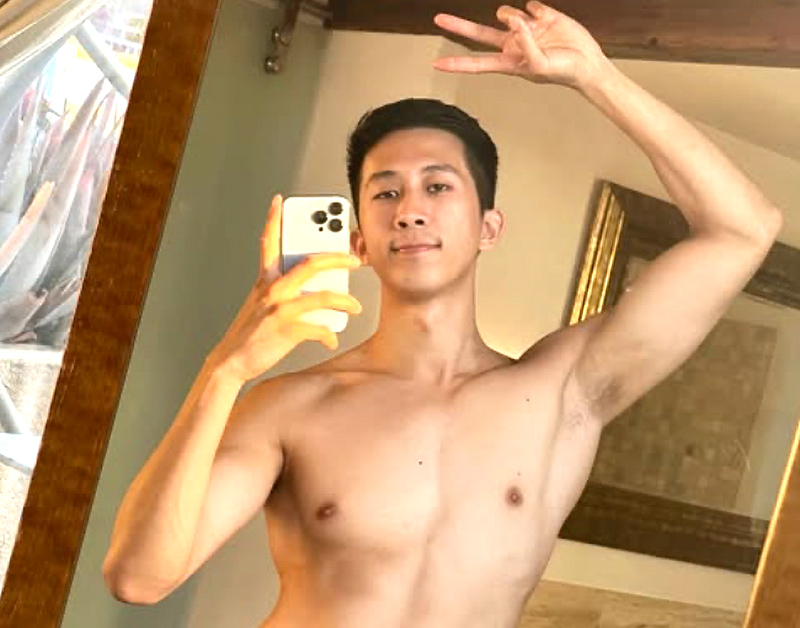













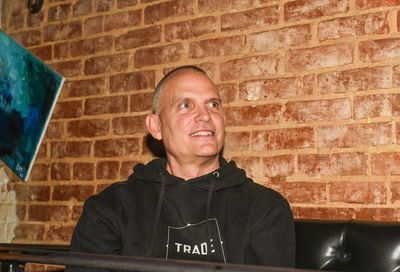

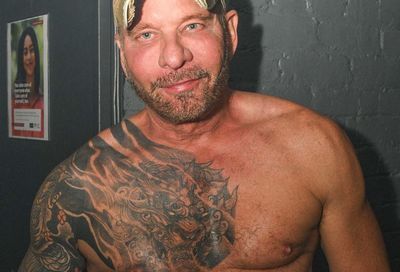
You must be logged in to post a comment.